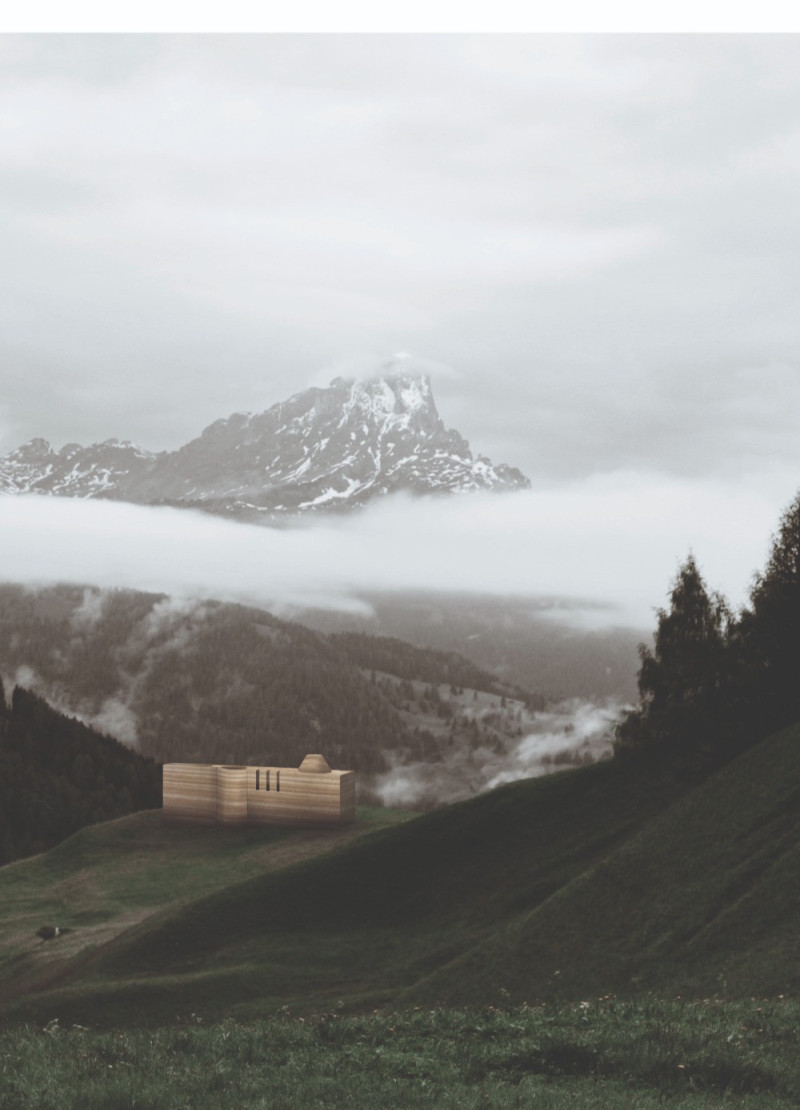5 key facts about this project
The design features a temporary pavilion situated in the Swiss National Park in the canton of Grison. The location presents unique challenges, as it is a wilderness area with strict restrictions on permanent human intervention. The pavilion reflects an overall concept focused on sustainability and environmental sensitivity, highlighting the importance of creating a structure that harmonizes with nature while remaining temporary.
Materials and Construction Methodology
Utilizing traditional building techniques, the pavilion employs rammed earth, pisé, and earth brick as its primary construction materials. These choices highlight the significance of earth as a resource that can be collected and processed locally. The focus on these materials not only serves practical purposes but also connects the design to communal practices found in various cultures that emphasize collective effort in sourcing and constructing.
Ecological Impact and Temporary Nature
The design prioritizes low-energy methods, minimizing the processing of materials. Earth can be sourced directly from the site, which limits the need for transportation and reduces the overall carbon footprint. The pavilion is intended to dissolve and decompose, returning to nature after its life cycle. It is accessible for one season, allowing a unique opportunity for both visitors and wildlife to experience its spaces.
Spatial Organization and User Experience
The arrangement of the pavilion is based on four elements: earth, fire, water, and air. Each room is dedicated to one element, creating different atmospheres that engage users on multiple levels. As people move through these spaces, they gain an appreciation for how the pavilion relates to its natural environment. The final space offers a view that emphasizes the beauty of the surrounding landscape.
Construction and Tools
The building process emphasizes human effort, with craftsmen bringing the necessary tools to the site. This approach avoids the use of heavy machinery and helicopters, which helps maintain the integrity of the landscape. The simplicity of this construction method reflects a respect for traditional practices while ensuring that the relationship between the materials and the environment remains strong.
The pavilion stands as a temporary structure that illustrates how architecture can align with environmental considerations. Each element within the design works together to foster a sense of exploration and engagement with the natural world surrounding it.



















































